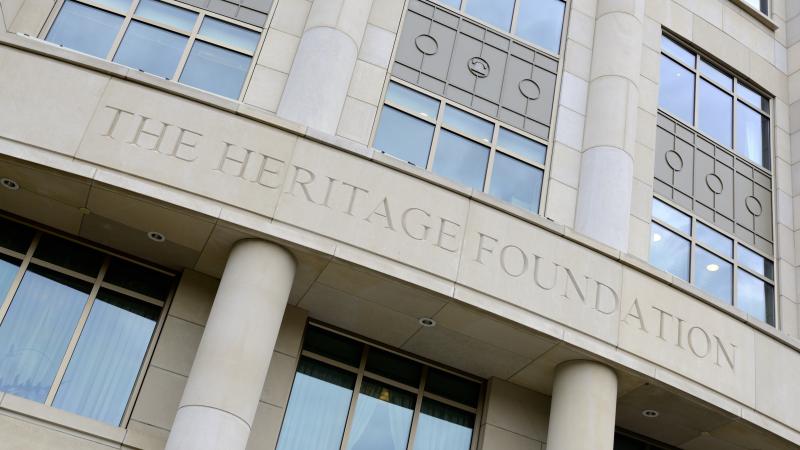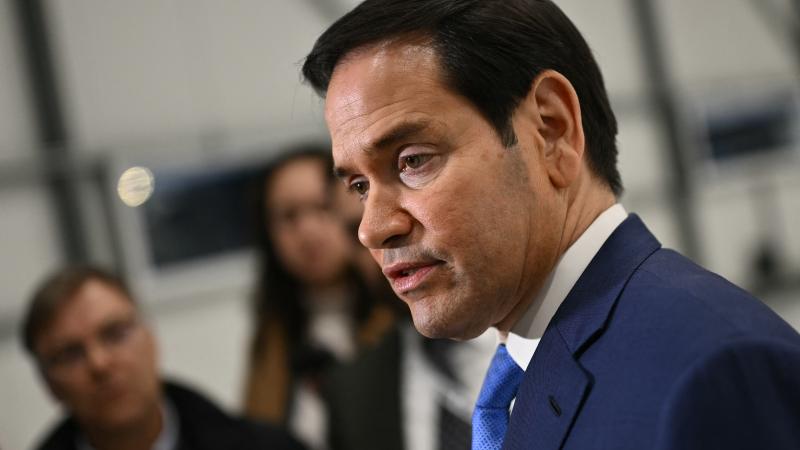CBO numbers undercut Biden's rosy deficit claims
Biden's deficit reduction boasts largely ignore the extraordinary stimulus packages during the COVID-19 pandemic that swelled the deficit well beyond the normal range.
President Joe Biden has repeatedly credited his fiscal policies for significantly reducing the federal deficit, but new numbers from the nonpartisan Congressional Budget Office call such claims into question.
The CBO announced on Wednesday that the national debt is on a trajectory to reach $46 trillion by 2033, "if current laws generally remained unchanged." That debt level would represent a record-high 118% of GDP.
A subsequent analysis of the report from the fiscal policy watchdog group Committee for a Responsible Federal Budget found that the federal deficit for 2023 would amount to $1.4 trillion and rise to more than double that figure over the next ten years, reaching $2.9 trillion by 2033.
The CRFB analysis concluded that the total interest the government pays on the debt would hit $1.4 trillion annually, a record 3.6% of GDP, by 2033. By contrast, the interest on American debt in 2022 was $475 billion.
Biden's fiscal policy boasts, however, focus heavily on past reductions rather than the future trend. In a Martin Luther King Jr. Day speech last month, Biden claimed to have reduced the deficit by more than $1 trillion.
"They're gonna talk about big-spending Democrats again," the president said of his political detractors. "Guess what? I reduced the deficit last year $350 billion. This year, federal deficit is down $1 trillion-plus. That's a fact. And there's gonna be hundreds of billions reduced over the next decade."
The federal deficit for fiscal year 2021 was roughly $2.77 trillion and fell to $1.38 trillion in fiscal year 2022. Strictly speaking, Biden's boast is correct, but it overlooks that the colossal 2021 total was bloated by a unique series of stimulus packages of unprecedented size passed in response to the COVID-19 pandemic. As that singular level of pandemic-specific relief spending wound down with the easing of public health fears, federal outlays fell as steeply and abruptly as they had risen, and the deficit narrowed commensurately — and indepently of any policy dials twiddled by the Biden administration
Biden drew flak last year for omitting that context in a tweet noting "we've reduced the deficit by more than $1 trillion." A flood of Twitter users flagged the post through Community Notes. Those responses resulted in the platform tagging the message with a supplementary note, reading: "While that number is factually correct, it's lacking some context. Most of the drop is because of the recovery from COVID, and the government spending during that time coming to an end. There’s no indication that any policies have specifically targeted the deficit."
At the time of his MLK Day speech, the national deficit stood at roughly $421 billion, according to the Treasury. That number, however, has since risen to more than $460 billion. That figure will likely continue to rise as the fiscal year progresses.
The $460 billion figure reflects the deficit in the 2023 fiscal year to date, meaning that figure includes the period from October 2022 to the present. That $460 billion fiscal gap actually represents an increase of $201 billion over the deficit recorded during the same interval in FY 2022, according to Treasury.
Should the CBO and CRFB estimates pan out, the federal deficit is on track to increase continuously over the next decade and reach record levels.
Ben Whedon is an editor and reporter for Just the News. Follow him on Twitter.
















